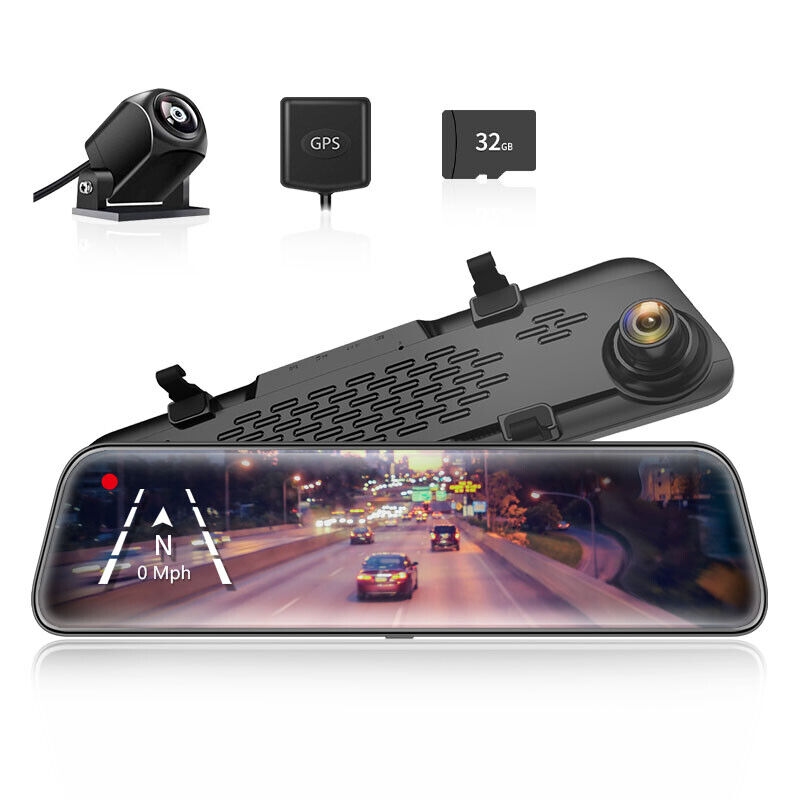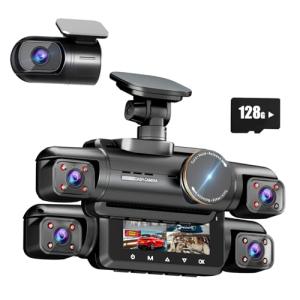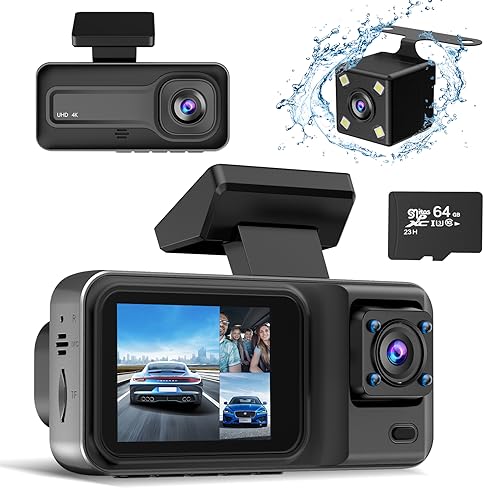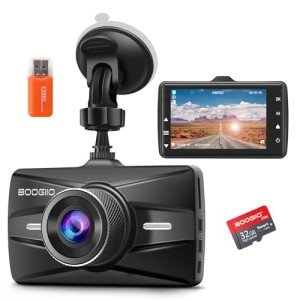Picking the right digital camera can feel overwhelming, but it doesn't have to be! Think about what you really need the camera for. Are you looking to take stunning landscapes, family moments, or maybe start a YouTube channel? Knowing your primary use will help narrow down the options.
Next, consider your level of experience. If you’re just starting, you might want a user-friendly point-and-shoot camera that doesn’t have too many complicated settings. Look for models that focus on automatic modes and have an easy-to-navigate menu. On the flip side, if you’ve been around the photography block, a DSLR or mirrorless camera can offer more control and versatility.
Don’t forget to check the specs! Pay attention to the megapixels, zoom capabilities, and video quality. For example, if you're into capturing fast-moving action, look for cameras with good autofocus and burst shooting features. Battery life is another biggie; you want a camera that lasts long enough for your adventures.
Finally, think about the size and weight. A bulkier camera might give you better quality, but if you plan on carrying it everywhere, something compact might be a better fit. And don't forget to think about accessories you might need, like extra lenses, a sturdy bag, or a tripod to take your photography game to the next level! Exploring your options will definitely pay off.
Essential Features to Look for in Cameras
When you're on the hunt for digital cameras, a few key features can make all the difference in your photography game. You want something that's not just flashy but offers the essentials to help you capture great moments. Let’s break down what you should keep an eye on.
First up is the megapixels. More megapixels mean better image quality, especially if you plan to print your photos. A camera with at least 12-16 megapixels is a solid choice for most users. It’ll give you sharp images where details pop.
Next, consider the lens quality. The lens can make or break your shots. A good lens allows for clearer images and better performance in low light. Look for cameras that come with interchangeable lenses so you can switch it up based on what you're photographing.
Don’t forget about the sensor size. Larger sensors capture more light, which can seriously improve your photos, especially in tricky lighting situations. APS-C and full-frame sensors are popular for good reasons—they help produce vibrant, detailed images.
Lastly, check for battery life and connectivity features. Nobody wants to run out of juice on a photo adventure. Look for cameras that can last all day and offer Wi-Fi or Bluetooth. These features make it super easy to transfer your photos and share them straight from your camera.
12" Dual Cameras WOLFBOX G840S Mirror Dash Cam
Capture every detail on the road with the high-definition 12" Dual Cameras WOLFBOX G840S Mirror Dash Cam
Product information
$99.99 $74.99
Product Review Score
4.34 out of 5 stars
133 reviewsProduct links
Tips for Taking Great Photos
Want to snap fantastic photos with your digital cameras? Here are some tips to help you elevate your photography game, whether you’re just starting out or have some experience under your belt.
First things first, lighting is your best friend. Try to shoot during the golden hour—right after sunrise or just before sunset. The soft, warm light adds a special touch to your pictures. If you're shooting indoors, position your subjects near windows for natural lighting. Avoid harsh overhead lights; they can create unflattering shadows.
Another key to great photos is composition. Use the rule of thirds: divide your frame into a 3x3 grid and place important elements along those lines or at their intersections. It creates balance and draws the viewer's eye where you want it. Don't be afraid to experiment with angles, too. Getting lower or shooting from above can add interest to your photos.
Don’t forget to pay attention to the background. A busy or distracting backdrop can take away from your subject. Look for clean, simple backgrounds that complement your main focus. Sometimes moving just a few steps can make a big difference!
Lastly, practice makes perfect! Take your digital cameras out often, and don’t hesitate to try different settings or modes. Get comfortable with adjusting things like ISO and shutter speed. The more you play around, the better you’ll understand what works for you.
AI Dash Cam Front Rear Inside, 4 Channel 3k+1080P*3 Dashcam with Smart Driving Monitor System, 360° View Car Cameras 5GHz Wi-Fi GPS, Camera for Car Night Vision 128GB SD Card, 24H Parking Mode N700Pro
Product information
$233.99 $149.98
Product Review Score
4.94 out of 5 stars
207 reviewsProduct links
Maintaining Your Digital Camera Like a Pro
Keeping your digital cameras in top shape doesn’t have to be a hassle. With just a little effort, you can ensure your camera stays ready for action. Start with the basics: always use a lens cap when you’re not shooting. It keeps dust and scratches at bay, which can seriously mess with your images.
Next, clean the lens regularly. Fingerprints, dust, and smudges can ruin your shots. Grab a microfiber cloth and some lens cleaning solution to gently wipe your lens. Avoid those rough fabrics or paper towels; they can scratch the surface. A little care goes a long way in keeping your images crystal clear.
Pay attention to your camera’s battery life too. Always keep a spare battery handy, especially if you’re heading out for a day of shooting. A fully charged battery can mean the difference between capturing that perfect sunset or missing it completely. Plus, make sure to store your batteries in a cool, dry place when you’re not using them.
Lastly, update your camera's firmware when new versions are available. This can improve performance and add new features. Regularly check the manufacturer’s website or app for updates. You’ll want your digital cameras running smoothly so you can focus on snapping amazing photos instead of troubleshooting problems.






